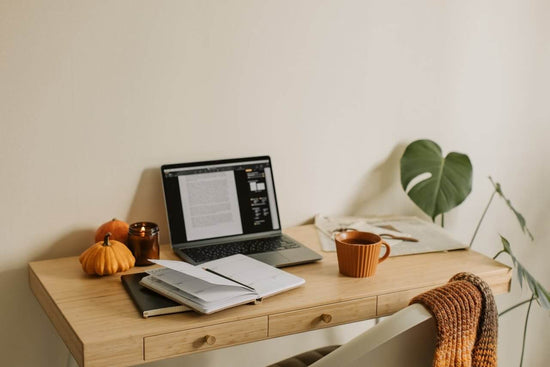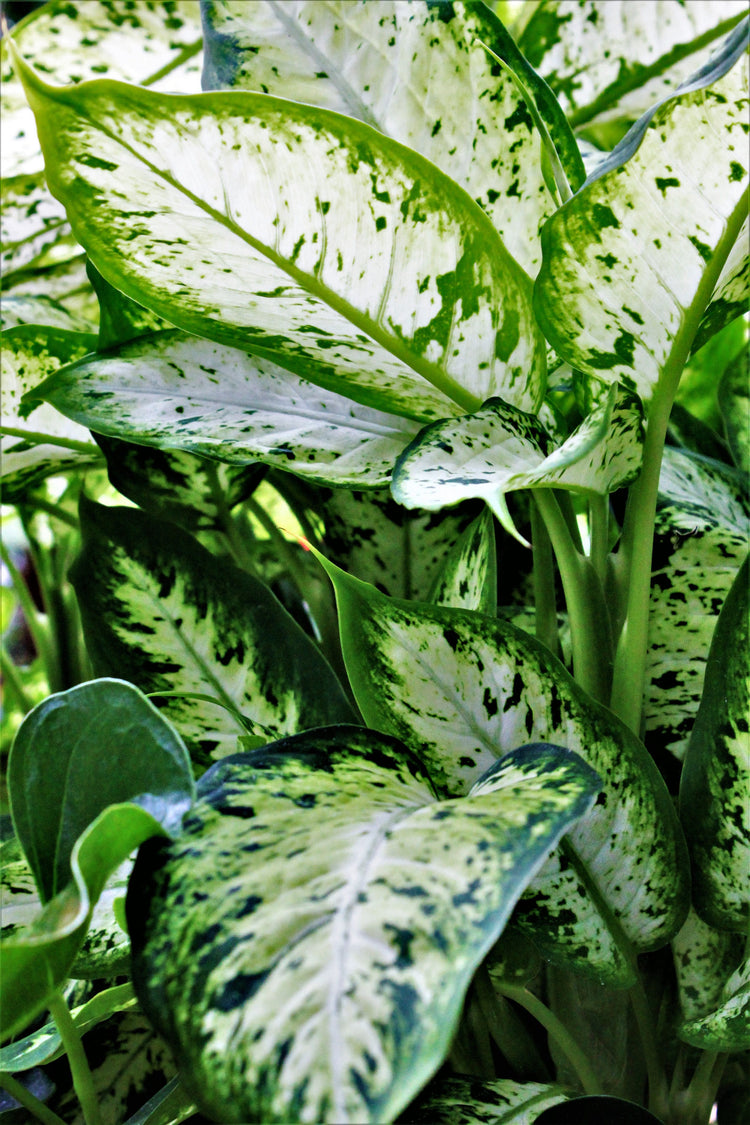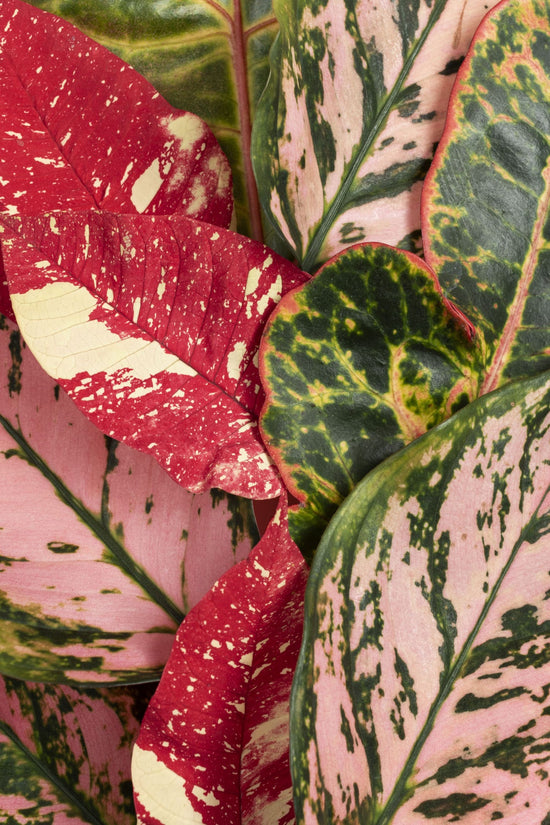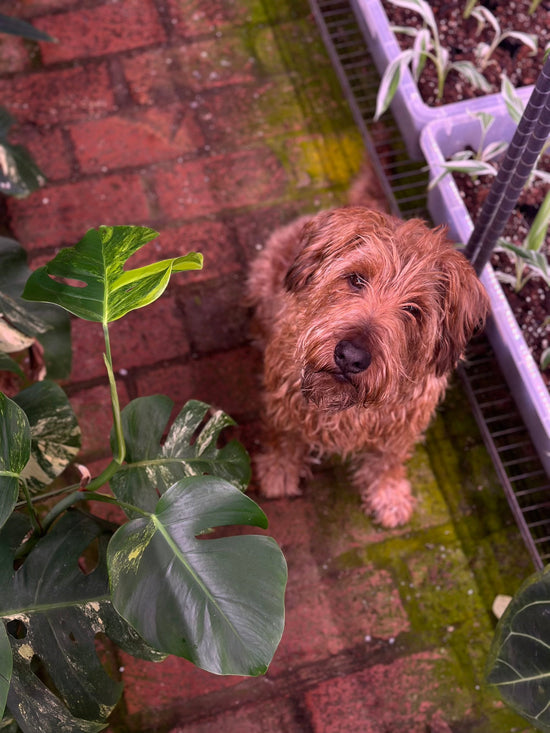
Pflege von Überwinterungspflanzen: So bringst du deine tropischen Pflanzen sicher durch den Herbst
Erfahre, wie du deine Pflanzen im Herbst und Winter richtig pflegst, um sie sicher durch die kalte Jahreszeit zu bringen und bestmöglich auf die nächste Wachstumsperiode vorzubereiten. Tipp zum Gießen,...




